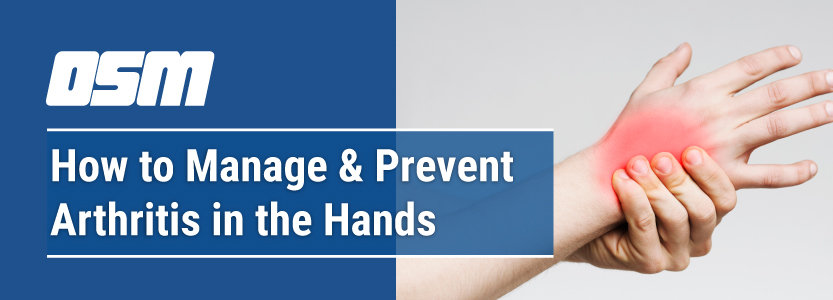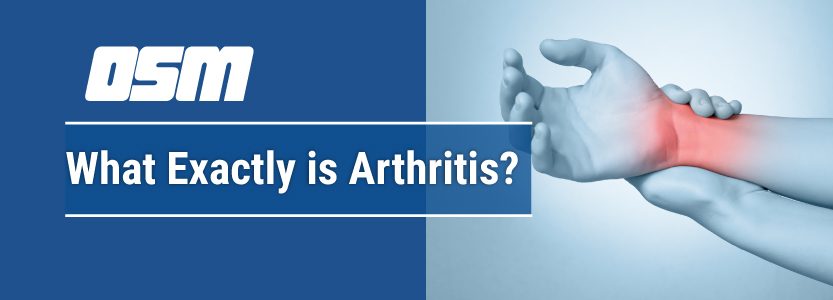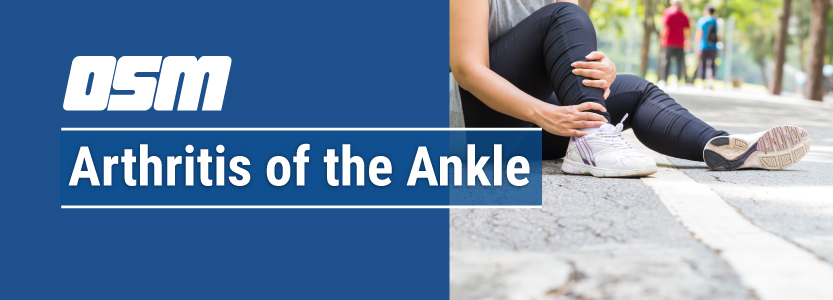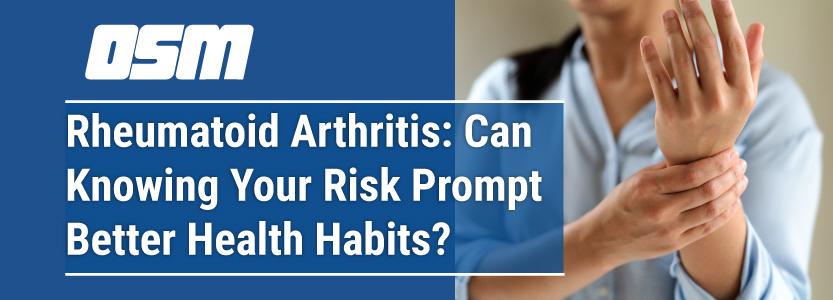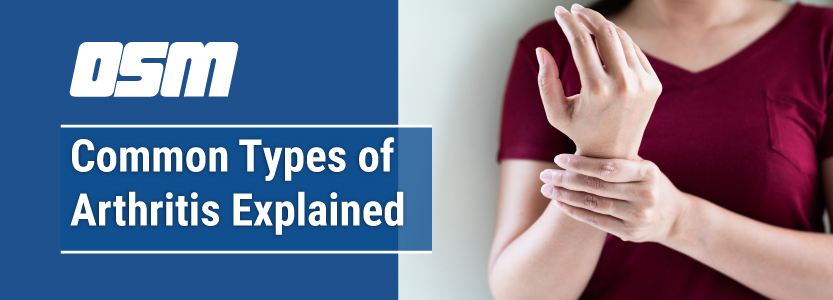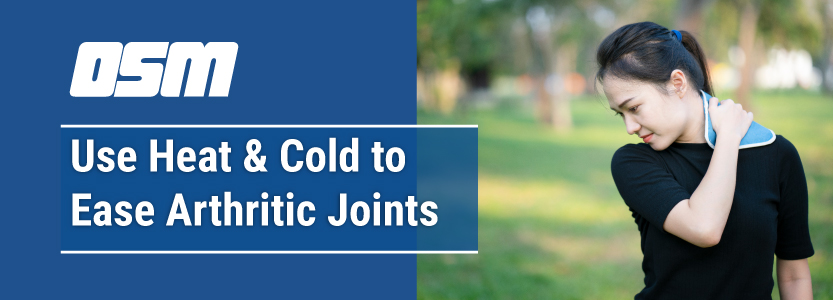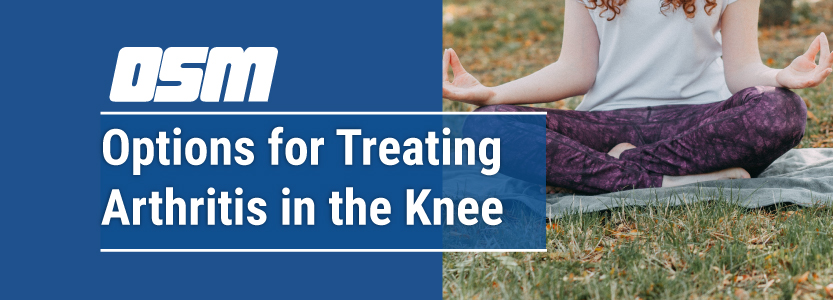How to Manage & Prevent Arthritis in the Hands
Article featured on MedicalNewsToday
There is no known cure for arthritis, which commonly affects the hands. However, a person can take steps to lower the risk of arthritis developing or worsening and to reduce and manage pain. These steps include practicing specific exercises and making dietary changes and adjustments to daily habits.
Arthritis is a general term that describes several conditions that affect a person’s joints. There are more than 100 different types of arthritis. Arthritis is generally not preventable, but a person may be able to reduce their risk by changing the risk factors that they can control.
According to the Centers for Disease Control and Prevention (CDC)Trusted Source, the most common type of arthritis in the United States is osteoarthritis. Osteoarthritis can affect nearly any joint in the body, but it most commonly affects the joints in the knees, hips, and hands.
This article discusses how to reduce the risk of developing arthritis in the hands or prevent it from worsening. It also explains how to reduce and manage the pain of arthritis.
Osteoarthritis vs. rheumatoid arthritis
Osteoarthritis occurs over time as a person’s cartilage erodes, whether from general wear and tear or due to underlying inflammation. Once the cartilage has worn away enough, a person can experience pain and stiffness in their joints.
A person can take steps to help reduce the risk of osteoarthritis.
Rheumatoid arthritis is an autoimmune condition in which the body’s immune system attacks the joints.
According to the National Institute of Arthritis and Musculoskeletal and Skin Diseases (NIAMS), a combination of genetic and environmental factors triggers the development of rheumatoid arthritis.
These factors can activate the immune system years before symptoms appear.
Both osteoarthritis and rheumatoid arthritis often affect the hands and fingers, and they can both cause joint stiffness or difficulty moving the joint.
However, there are some differences between the two conditions.
Osteoarthritis often affects the last joint on the finger, which is the one closest to the tip. Rheumatoid arthritis typically does not affect this joint.
In addition, the NIAMS note that osteoarthritis stiffness usually goes away within 30 minutes of waking up or resting, whereas the pain and stiffness associated with rheumatoid arthritis tend to last longer than 30 minutes.
General arthritis prevention
Not all forms of arthritis are preventable. However, a person can take some steps to reduce their risk of developing osteoarthritis in their joints.
According to the CDC, these steps include:
- stopping smoking, if a smoker, or avoiding secondhand smoke
- achieving or maintaining a moderate weight, as this helps protect the joints throughout the body
- seeking treatment for any signs of infection, which can damage the joints
- protecting against injury by performing exercises and stretches or avoiding activities that carry the risk of injury
- using tools that do not place undue stress on the joints
- avoiding repetitive motion when possible
Preventing arthritis in the hands
A person can try several techniques to help prevent arthritis in the hands from becoming debilitating.
Hand exercises
Several exercises may help with preventing or alleviating arthritis pain in the hand and fingers.
A person should talk to a doctor or occupational therapist about the best routine or exercises to help prevent disease progression or worsening pain or stiffness.
One simple exercise that many people should be able to do is making a fist.
To do this, a person starts with their fingers and thumb straight out. Then, they curl their fingers slowly into their palm and close their thumb around the outside of their fingers.
The person should not squeeze the hand too tight during this exercise, but they should hold the fist position for 2–3 seconds before releasing it. They can then repeat the action 10 times.
Another exercise that a person can try to prevent or alleviate arthritis symptoms is squeezing a stress ball or a tennis ball. Similar to making a fist, the motion should be slow and deliberate.
Learn more about hand exercises for arthritis here.
Daily habit adjustments
People who have not developed arthritis can take steps to help prevent joint damage in their hands. Some tips for preventing joint damage include:
- using an ergonomic keyboard and mouse when working at the computer
- avoiding lifting heavy items that can put strain on the fingers and hand
- using splints or braces to reduce the risk of injury when using the hands for repetitive activities, such as sewing or chopping food
Methods to reduce hand pain
If a person is living with pain in their hands from arthritis, they may wish to try:
- practicing gentle motion hand exercises that promote movement and help reduce stiffness
- seeking physical therapy and occupational therapy from certified professionals
- talking to a doctor about medications and topical pain relievers to help with the pain
The Arthritis Foundation add that a person can also:
- use hot or cold therapy
- modify their daily routine to avoid putting stress on the hands and fingers
- talk to a doctor about steroid injections
Some additional steps that a person can take to help prevent arthritis pain in the hands include:
- using kinetic tape as a preventive measure
- using dictation software instead of typing
- avoiding placing excess strain on the fingers by using large joints, such as the elbows or shoulders, to carry the weight of shopping bags
- using other body parts besides the hands to close a door
- using the palm of the hand to hold a phone or tablet to avoid placing strain on the fingers
- changing daily habits, such as stirring food using a shoulder motion
- using utensils with large, easy-to-grip handles
A person should talk to a doctor if at-home methods or treatments are ineffective in managing their arthritis symptoms. It is possible that a doctor will recommend surgery as a treatment option.
Outlook
It is not possible to prevent arthritis, but a person may be able to manage the pain that it causes and slow its progression.
At-home techniques and modifications to everyday routines may help prevent pain and minimize the loss of joint function.
Summary
Arthritis is a common condition, and there are numerous different types.
Although arthritis is not usually preventable, a person can take some steps to help protect their joints and potentially reduce their risk of the disorder.
A person can also take several steps to manage the pain and discomfort of arthritis at home.
If at-home treatments do not work, a person can work with a doctor to identify therapies and treatments that may help.
The Orthopedic & Sports Medicine Center of Oregon is an award-winning, board-certified orthopedic group located in downtown Portland Oregon. We utilize both surgical and nonsurgical means to treat musculoskeletal trauma, spine diseases, foot and ankle conditions, sports injuries, degenerative diseases, infections, tumors and congenital disorders.
Our mission is to return our patients back to pain-free mobility and full strength as quickly and painlessly as possible using both surgical and non-surgical orthopedic procedures.
Our expert physicians provide leading-edge, comprehensive care in the diagnosis and treatment of orthopedic conditions, including total joint replacement and sports medicine. We apply the latest state-of-the-art techniques in order to return our patients to their active lifestyle.
If you’re looking for compassionate, expert orthopedic and podiatric surgeons in Portland Oregon, contact OSM today.
Phone:
Address
1515 NW 18th Ave, 3rd Floor
Portland, OR 97209
Hours
Monday–Friday
8:00am – 4:30pm

